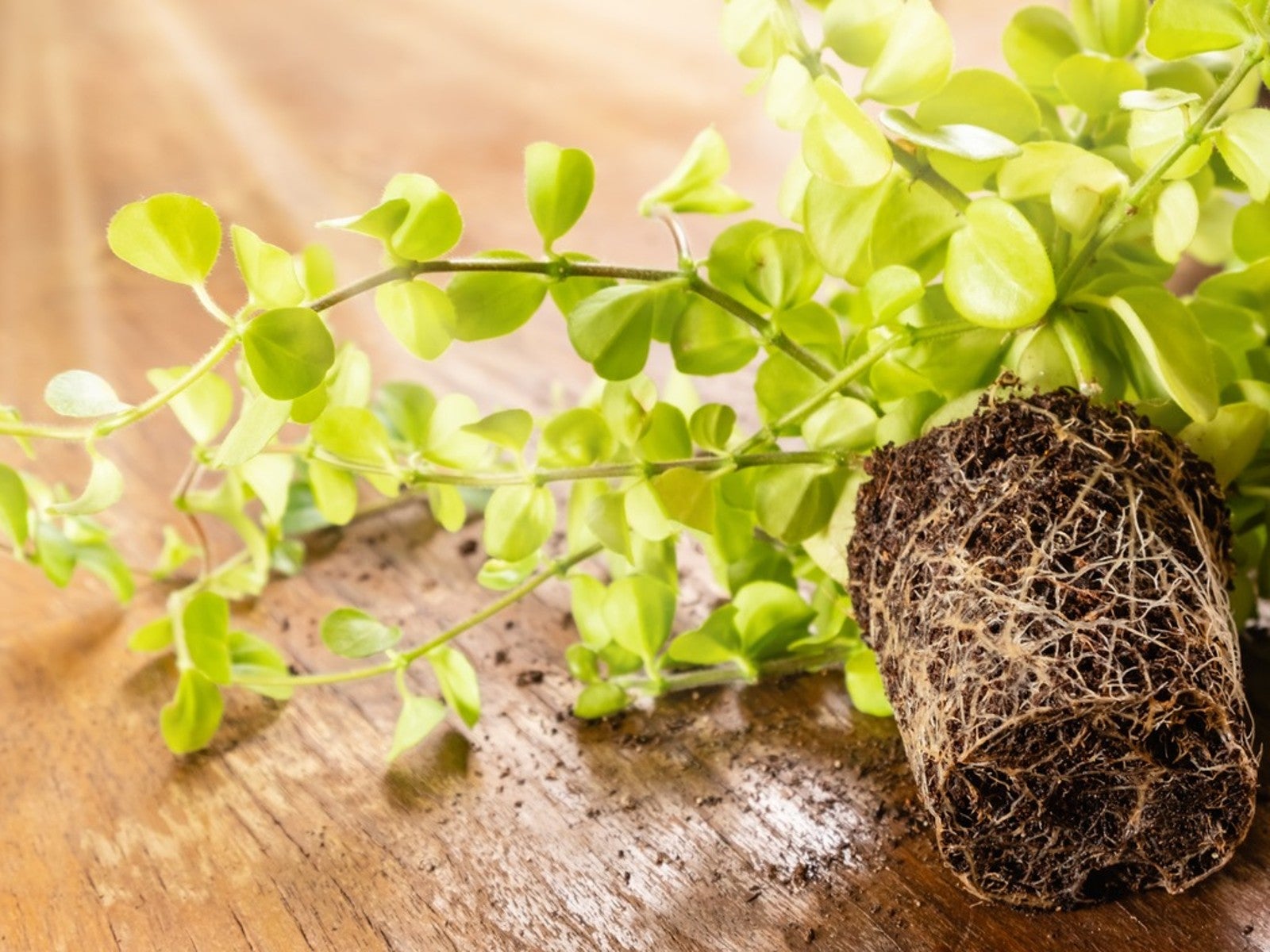How To Grow A Peperomia ‘Hope’ Plant


Peperomia Hope plants are a classic in home flora. They are easy to grow and have lovely, trailing stems adorned with small succulent leaves. There are many hybrids of these plants which share a family with the true black pepper plant. They are native to the tropical and subtropical regions of the world such as Florida and the Caribbean. Peperomia plants are evergreen and grown for their foliage. Learn how to take care of Peperomia hope, so you can experience this pretty little plant for yourself.
There are over 1000 species of Peperomia. Peperomia 'Hope' is a trailing variety that sports slightly red stems. The thick, succulent leaves can store moisture for times of drought, but as a houseplant it prefers regular watering. Hope Peperomia care is minimal, requiring moderate light and well-draining soil. Over time the little plant will achieve 24 inches (61 cm.) in length, as its dangling stems spill over the pot.
How to Take Care of Peperomia Hope
Easily one of the easiest house plants to grow, Peperomia Hope plants are hybrids from wild specimens. They were bred to feature the vine-like stems. The plant prefers full sun to partial shade, although if in full sun, situate them a bit away from southern and western windows. They can thrive in any type of soil save clay, and any pH level. The soil needs to be kept moist but not soggy. Reduce watering in winter by half. This plant is hardy to USDA zone 10 but can go outdoors in summer in warm regions. It will not tolerate frost and should be moved indoors when such conditions are indicated. Feed the plant weekly during watering with a soluble house plant food. Stop feeding the plant in fall and resume in early spring.
How to Propagate Peperomia Hope
If you desire more of these appealing plants, Peperomia Hope propagation is very straightforward. They are grown from stem cuttings, a method that results in mature, rooted plants much more quickly than difficult to germinate seeds. Make sure the plant is healthy before taking the cutting. Take 3 to 5 inches (8-13 cm.) of stem. There are two ways to root the cutting. The easiest is in a glass of water. Hard water should be avoided. Remove one third of the leaves near the cut end and place the cutting in enough water to cover the bottom. Change the water every few days to minimize pathogen growth. In time, the cutting will grow roots and can be potted in houseplant soil. The other way is to install the stem in a moistened growing medium. Slice the cut end slightly and brush it with rooting hormone. Use a pencil to make a small hole in the pot and insert the cutting. Cover the container in clear plastic and keep the soil mildly wet.
Peperomia Pests and Disease
The major pest of Peperomia Hope is mealybugs. Rub the leaves with a cotton ball soaked in alcohol to remove the pests. The most common disease issues arise from overwatering. Water the plant when the soil is dry to the touch or the leaves wrinkle slightly. When Peperomia are overwatered, they may experience root rots of various types. This can extend into the stems. Peperomia is generally an issue free plant, making it perfect for the novice gardener. It enjoys being pot bound, is nontoxic to dogs and cats, and will clean the interior air.
Sign up for the Gardening Know How newsletter today and receive a free copy of our e-book "How to Grow Delicious Tomatoes".

Bonnie Grant is a professional landscaper with a Certification in Urban Gardening. She has been gardening and writing for 15 years. A former professional chef, she has a passion for edible landscaping.